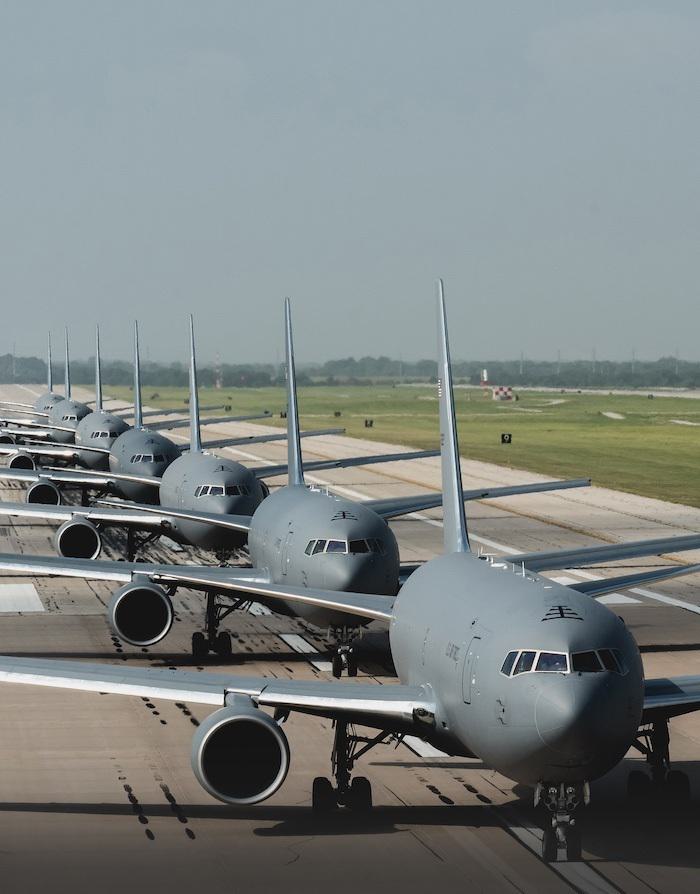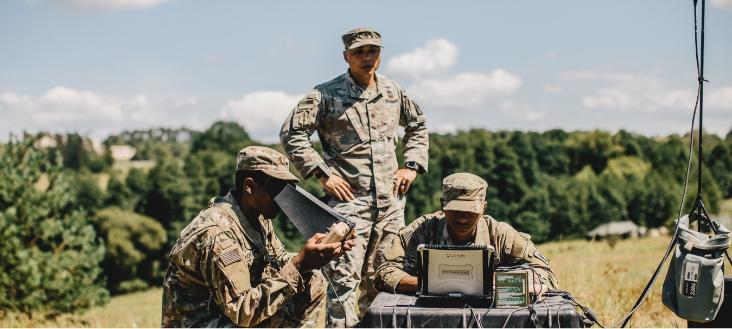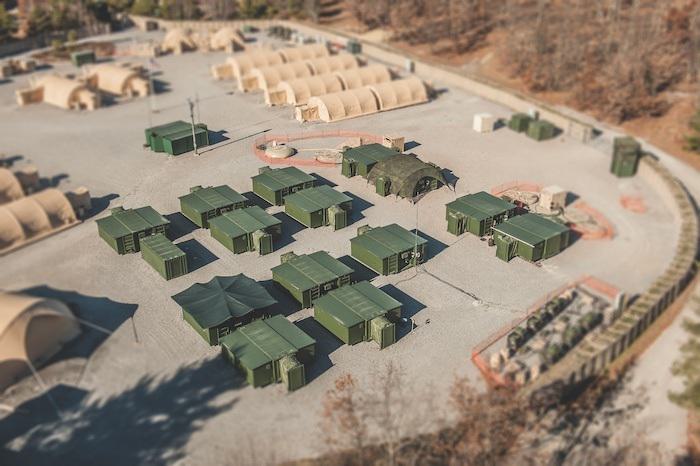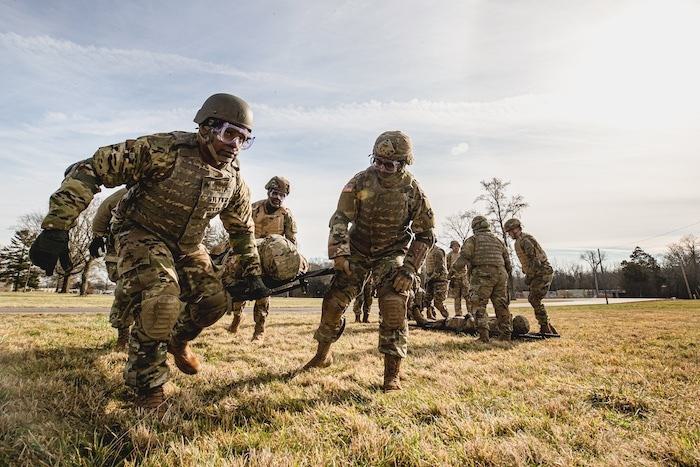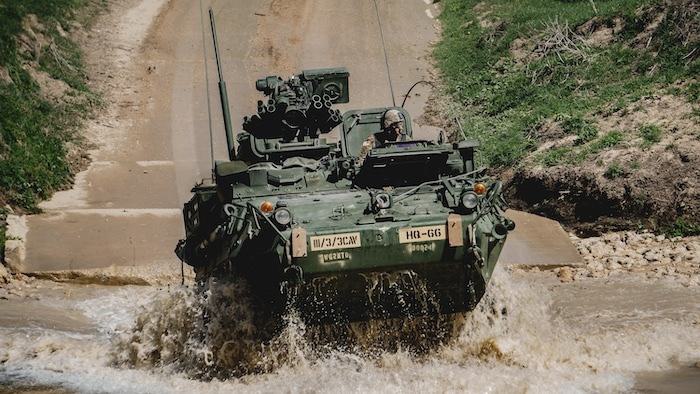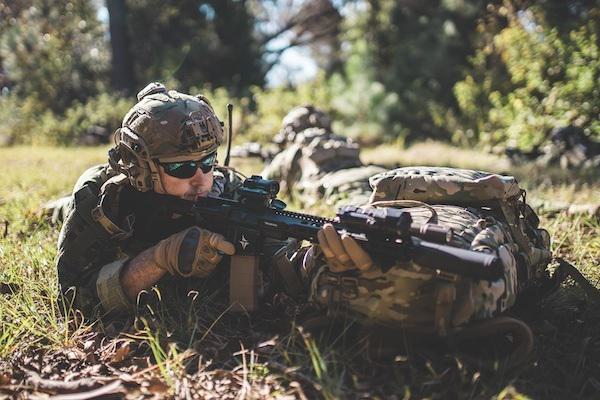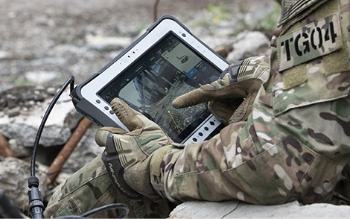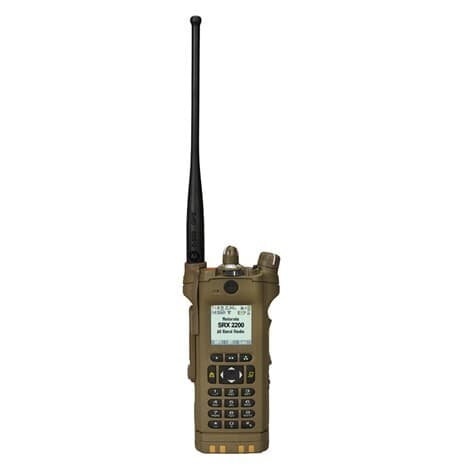
UHF vs. VHF Radio Systems
Whether it be on unpredictable terrain or during combat, the modern soldier must quickly and effectively communicate to coordinate successful tactical operations and improve response time.
UHF (Ultra High Frequency) and VHF (Very High Frequency) radios are types of two-way radios that allow crucial communication in the field and on-base. Understanding the difference between these two radio systems is essential in choosing the best gear for your mission.
What are UHF Radios?
Radios are considered ultra-high frequency, or UHF, when they operate in a range of frequencies between 300 megahertz (MHz) and 3 gigahertz (GHz).
UHF radios are known for their smaller waves and ability to operate regardless of barriers, such as walls or heavily wooded areas.
What are VHF Radios?
Radios are very high frequency, or VHF, when they operate in the frequency range of 30 megahertz (MHz) to 300 MHz.
VHF radios have relatively long waves and work best across wide, open ranges.
UHF vs. VHF Radio Systems
UHF and VHF are both high-quality radio systems but operate between different ranges. The UHF frequency range (300 MHz - 3 GHz) is wider than the VHF frequency range (30 MHz - 300 Mhz).
UHF radios typically have shorter antennas than VHF systems, which require larger antennas to improve their range.
UHF and VHF radios both operate across wide ranges, but UHF radios are better suited for passing through obstructions.
ADS, Inc. offers a variety of cutting-edge communication systems to drive mission readiness. Visit our catalog here.
Contact
We are committed to consistently providing every customer with Legendary Customer Service. We take pride in delivering on these promises. Email us, give us a call, or fill out the form below and we’ll get back to you within one business day.

